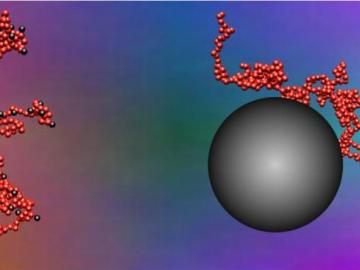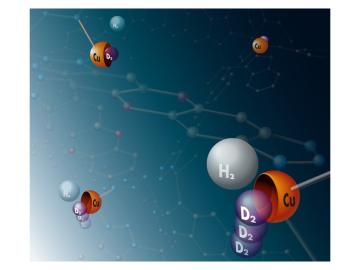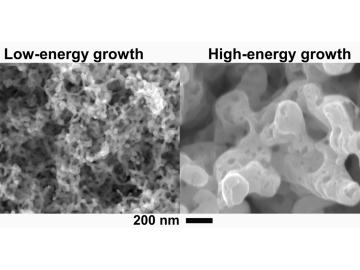
Filter News
Area of Research
- Advanced Manufacturing (10)
- Biological Systems (3)
- Biology and Environment (11)
- Building Technologies (1)
- Clean Energy (101)
- Climate and Environmental Systems (3)
- Computational Engineering (1)
- Computer Science (8)
- Data (1)
- Fossil Energy (1)
- Fusion Energy (6)
- Isotope Development and Production (1)
- Materials (76)
- National Security (5)
- Neutron Science (40)
- Nuclear Science and Technology (17)
- Quantum information Science (3)
- Sensors and Controls (1)
- Supercomputing (48)
- Transportation Systems (2)
News Type
Date
News Topics
- 3-D Printing/Advanced Manufacturing (16)
- Advanced Reactors (7)
- Artificial Intelligence (13)
- Big Data (9)
- Bioenergy (11)
- Biology (1)
- Biomedical (5)
- Biotechnology (1)
- Clean Water (5)
- Composites (3)
- Computer Science (41)
- Cybersecurity (7)
- Energy Storage (9)
- Environment (23)
- Exascale Computing (3)
- Frontier (2)
- Fusion (6)
- Grid (5)
- Isotopes (1)
- Machine Learning (5)
- Materials Science (22)
- Mercury (2)
- Microscopy (6)
- Molten Salt (1)
- Nanotechnology (6)
- Neutron Science (20)
- Nuclear Energy (17)
- Physics (8)
- Polymers (2)
- Quantum Science (10)
- Security (2)
- Space Exploration (4)
- Summit (9)
- Sustainable Energy (8)
- Transportation (14)
Media Contacts

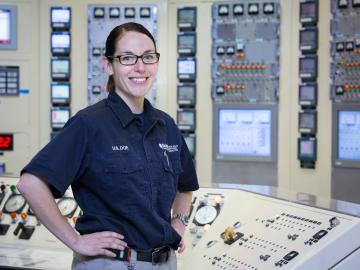

Researchers have long sought electrically conductive materials for economical energy-storage devices. Two-dimensional (2D) ceramics called MXenes are contenders. Unlike most 2D ceramics, MXenes have inherently good conductivity because they are molecular sheets made from the carbides ...
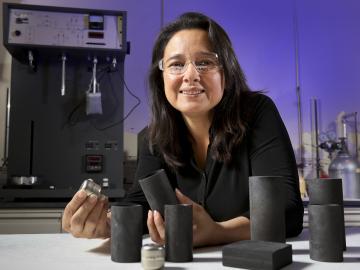
Growing up in Colombia, Nidia Gallego was a diamond in the rough; she had no inkling that she would later shine as a scientist. Her father, a salesman, and mother, a homemaker, had not had the opportunity to complete high school themselves and urged their six children to stay in schoo...
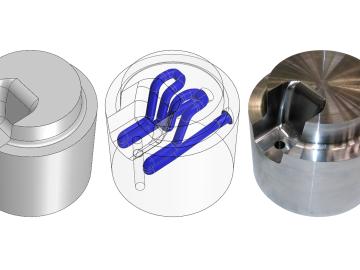
HTS International Corporation and the Department of Energy’s Oak Ridge National Laboratory have signed an agreement to explore potential collaborations in advanced manufacturing research.

Oak Ridge National Laboratory (ORNL) scientists have released a new global, centralized database of plant root traits, or identifying characteristics, that can advance our understanding of how the hidden structure of plants belowground may interact with and relate to life aboveground. ...
